12 Helpful Kitchen Tools That Support Global Cooking at Home
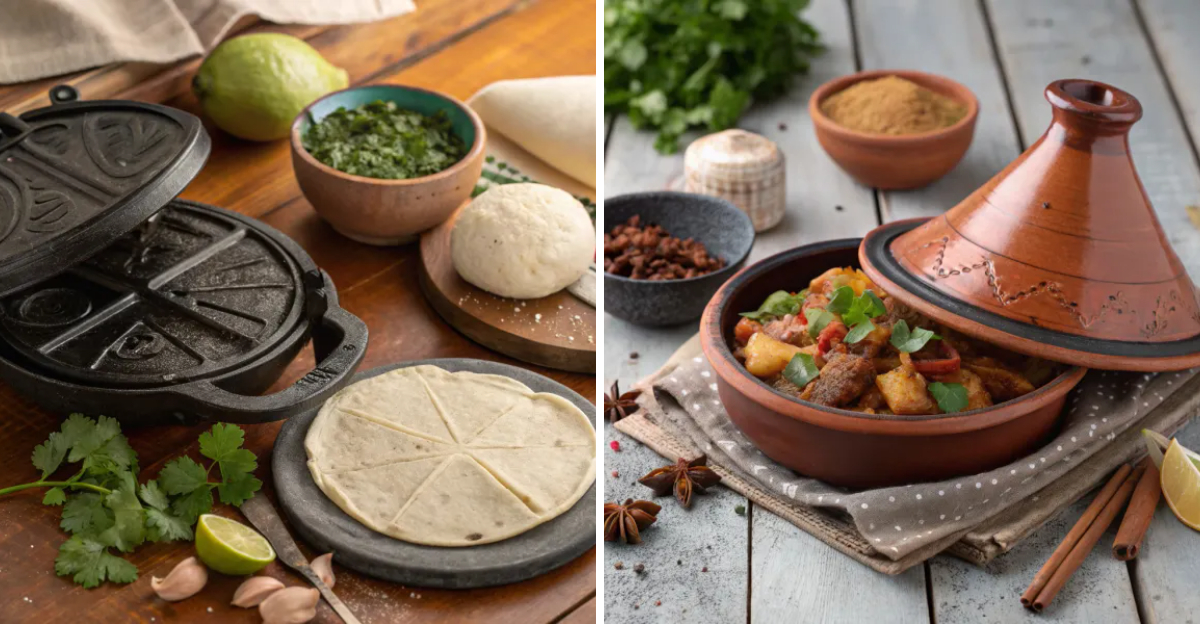
Cooking dishes from around the world has never been easier with the right kitchen tools. Having proper equipment helps you prepare authentic flavors and textures that make international cuisine taste just like it would in its home country. From slicing vegetables for Asian stir-fries to making fresh pasta from Italy, the right tools can turn your kitchen into a global cooking adventure.
1. Mandoline Slicer
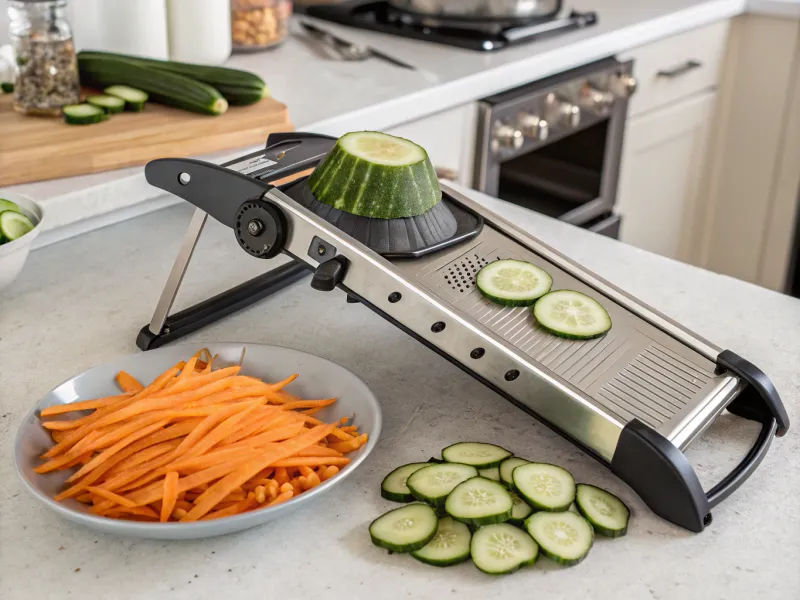
Professional chefs rely on mandoline slicers for consistent cuts that home cooks struggle to achieve with regular knives. This tool produces paper thin slices or thick cuts with mechanical precision. French ratatouille requires vegetables cut to exact thickness for even cooking. Asian stir-fries benefit from uniform pieces that cook at the same rate. Safety features include hand guards and non-slip bases. Adjustable blades handle everything from potato chips to julienne strips. Your cooking time decreases when prep work becomes this efficient and consistent.
2. Mortar and Pestle
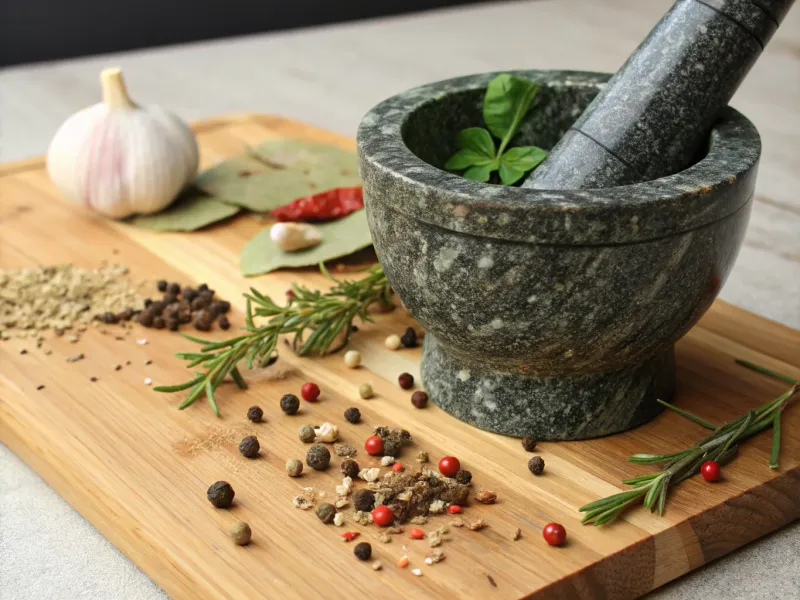
Ancient civilizations developed this grinding tool thousands of years ago, and modern kitchens still depend on its effectiveness. Stone materials release essential oils from spices that electric grinders often leave behind. Thai curry pastes require the crushing action that breaks down tough lemongrass fibers. Mexican salsas develop better texture when tomatoes and chilies are hand ground rather than processed. Granite and marble versions last for generations with proper care. The weight provides leverage for breaking down tough ingredients. Cleaning requires only warm water since soap can absorb into porous stone surfaces.
3. Cast Iron Wok
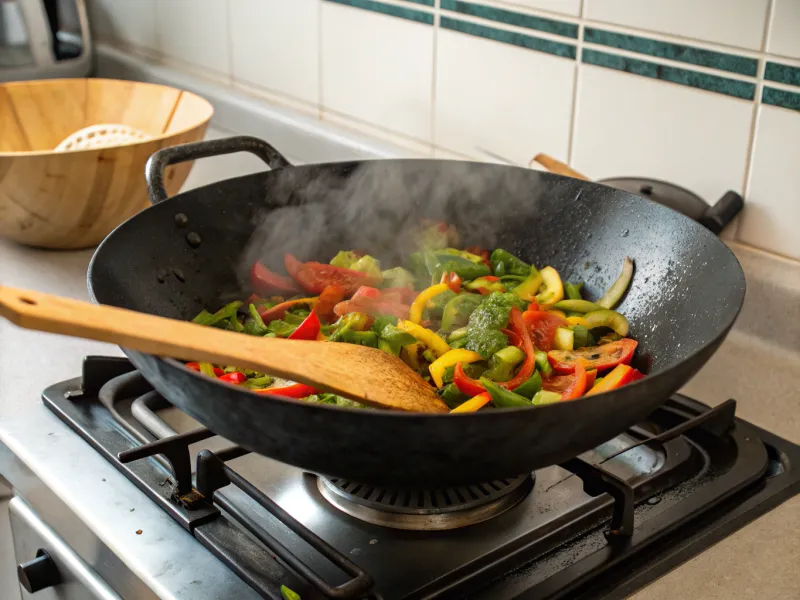
Chinese families pass down well seasoned woks through generations because proper care develops natural non stick surfaces. High heat retention makes this pan essential for authentic stir frying techniques. Round bottoms concentrate heat at the center while sloped sides allow for easy tossing. Thai pad thai and Chinese fried rice require the intense heat that only woks can provide. Seasoning involves coating with oil and heating until it polymerizes into a protective layer. Regular use actually improves the cooking surface. Hand washing and immediate drying prevent rust formation on the iron surface.
4. Tagine Pot

Moroccan markets overflow with these cone shaped clay pots that have fed families for centuries. The pointed lid adds a natural circulation system that keeps food moist during slow cooking. Steam is develops from the food, condenses on the cool lid, and drips back down to baste the ingredients. Lamb and chicken tagines develop tender textures not easy to achieve with regular pots. Unglazed clay versions require soaking before first use to prevent cracking. Low heat prevents thermal shock that can damage the ceramic. Modern versions work on stovetops while traditional ones need charcoal or gas flames underneath.
5. Bamboo Steamer
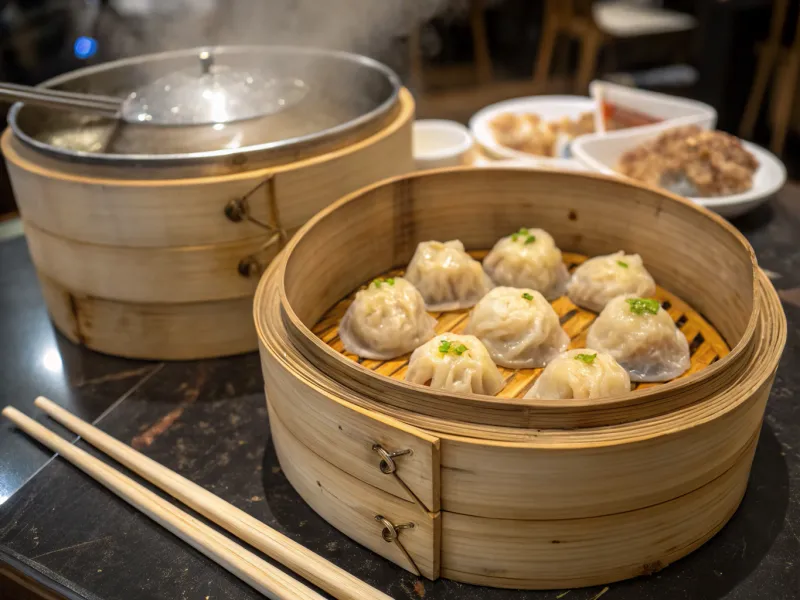
Chinese dim sum restaurants stack these woven baskets high because bamboo naturally regulates moisture levels. Multiple tiers allow cooking different foods simultaneously without flavor transfer between levels. Bamboo absorbs excess moisture that would otherwise make dumplings soggy. Fish and vegetables retain their natural flavors when steamed rather than boiled in water. Soaking new steamers removes bamboo taste before first use. Lining with cabbage leaves or parchment prevents sticking. Air drying after washing prevents mold growth in the woven fibers that could contaminate future cooking sessions.
6. Paella Pan
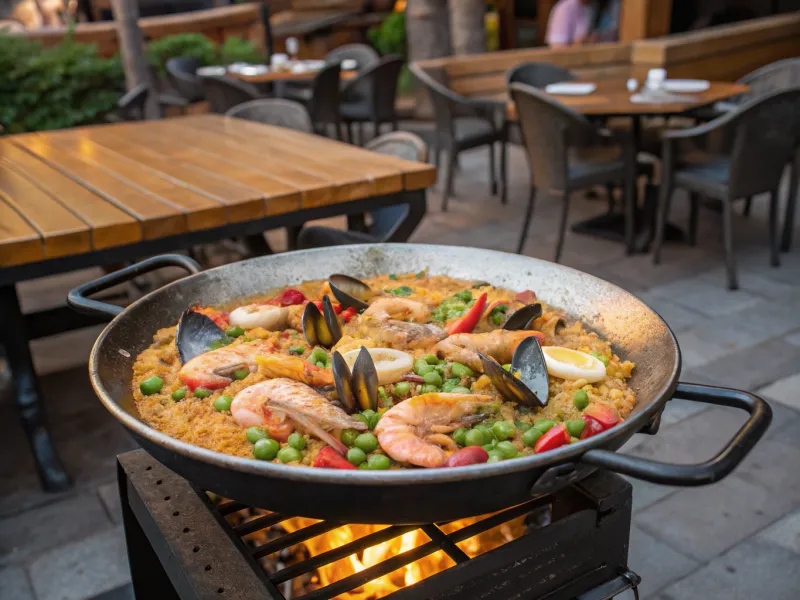
Spanish coastal towns developed these wide, shallow pans to feed large groups during community gatherings. The broad surface allows rice to cook in a thin layer that develops the coveted socarrat crust. Carbon steel conducts heat evenly across the entire bottom surface. Traditional paella valenciana requires this specific cooking method to achieve authentic texture and flavor. Seasoning involves heating oil until it smokes, then wiping clean to build natural non stick properties. Hand washing preserves the seasoning layer. Storage in dry places prevents rust that would require restoring the seasoning on the surface before next use
7. Pasta Machine
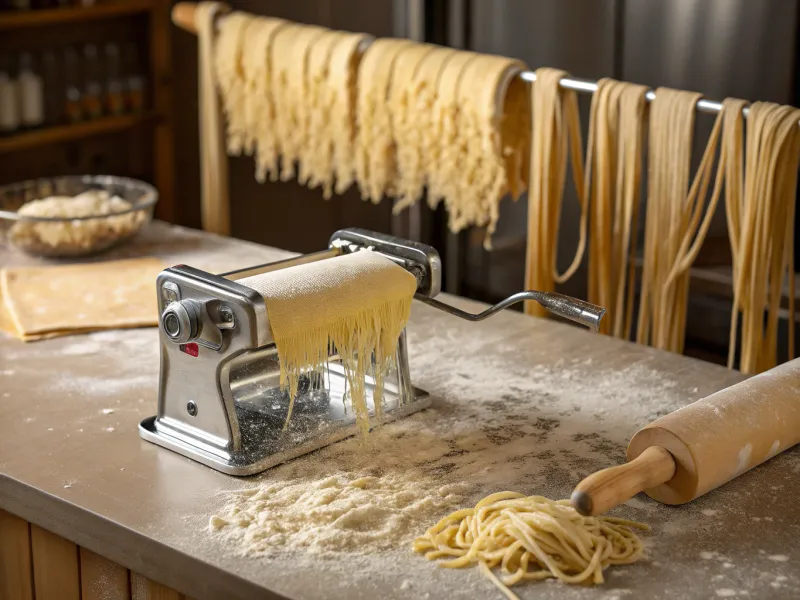
Italian grandmothers taught their families that fresh pasta requires the right thickness and texture that only hand cranked machines can provide. Adjustable rollers gradually thin dough to suitable consistency. Fresh fettuccine and ravioli have textures completely different from dried store bought versions. Cutting attachments produce various noodle widths from thin angel hair to wide pappardelle. Dusting with flour prevents sticking during the rolling process. Cleaning requires only a dry brush since water can cause rust in the internal mechanisms. Proper storage keeps the machine ready for years of authentic Italian cooking adventures.
8. Tortilla Press
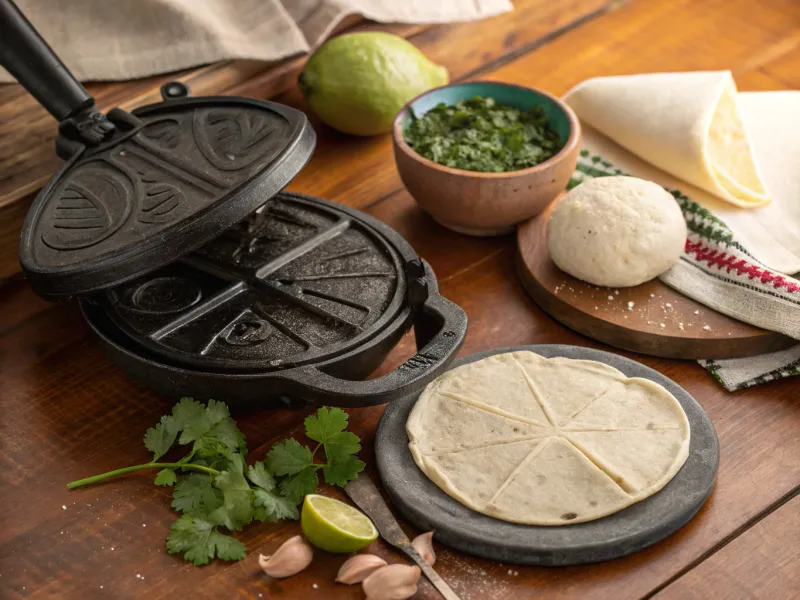
Mexican families gather around tortilla presses during meal preparation because fresh tortillas taste completely different from store bought versions. Even pressure adds round, thin circles every time. Corn masa requires specific thickness to cook properly without cracking or becoming tough. Flour tortillas also benefit from consistent pressing that hand rolling cannot achieve. Cast iron versions provide the weight needed for proper compression. Plastic liners prevent sticking and make cleanup easier. Warming the press slightly helps dough spread more evenly across the surface for better results.
9. Rice Cooker
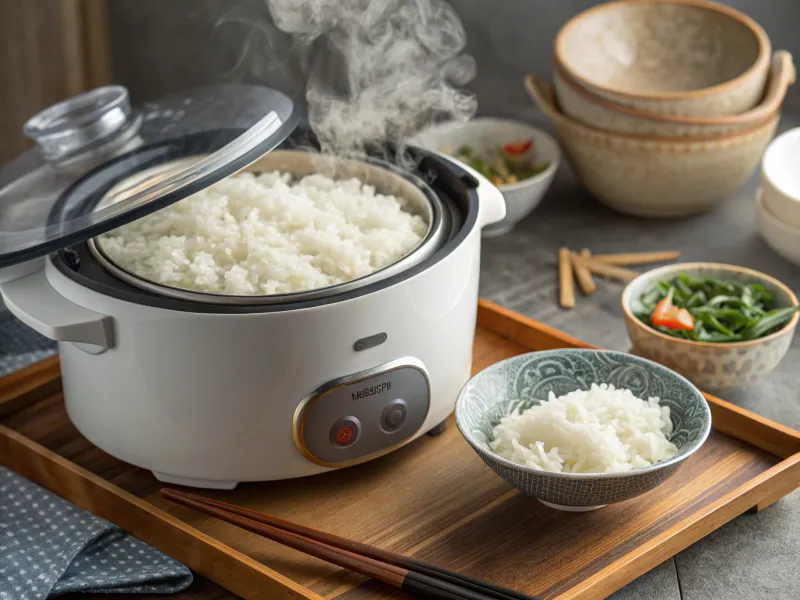
Japanese households consider rice cookers essential appliances because rice requires precise water ratios and timing. Automatic sensors detect when water has been absorbed and switch to warming mode. Different rice varieties need specific cooking methods that programmable models handle automatically. Sushi rice, basmati, and jasmine each require different water levels and cooking times. Non stick inner pots make serving and cleaning simple. Keep-warm functions maintain ideal serving temperature for hours. Some models include steaming trays that cook vegetables while rice cooks below, saving time and energy during meal preparation.
10. Comal Griddle
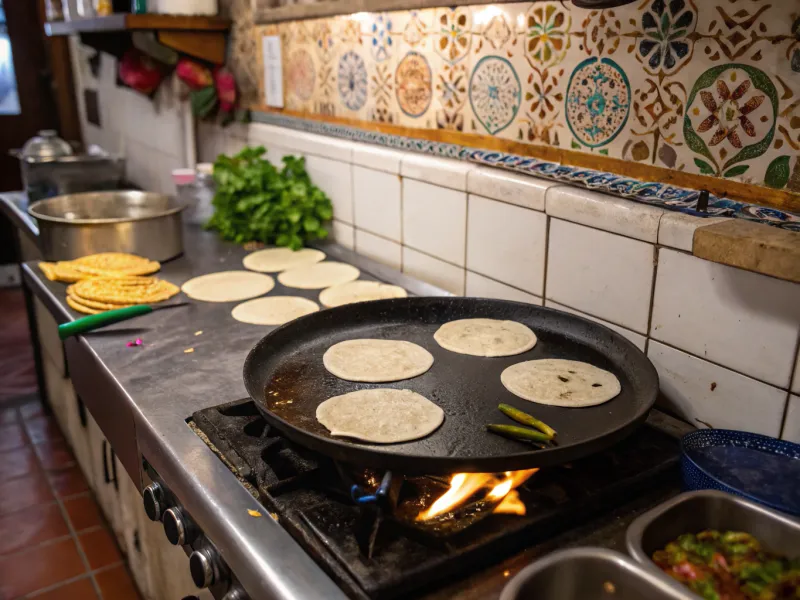
Mexican kitchens center around these flat, round griddles that have cooked tortillas for thousands of years. Even heat distribution across the surface ensures consistent browning without hot spots. Cast iron versions retain heat better than non stick alternatives. Corn tortillas develop the right texture and flavor when cooked on proper comal surfaces rather than regular frying pans. Seasoning involves heating oil until it smokes, then wiping clean to prevent rust. Gradual temperature increases prevent warping of the metal surface. Regular use actually improves the cooking surface, making it naturally non stick over time with proper maintenance.
11. Dumpling Steamer
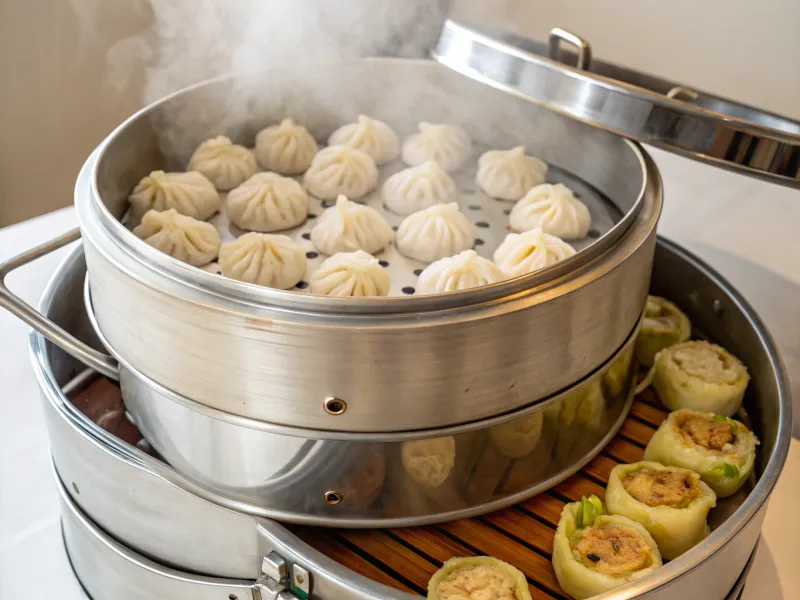
Asian households rely on multi level steamers because they can prepare entire meals without using multiple pots. Stainless steel conducts heat efficiently while remaining easy to clean and maintain. Perforated levels allow steam to circulate freely between tiers. Dumplings, vegetables, and fish can cook simultaneously without flavors mixing between the different levels. Tight fitting lids trap steam effectively for proper cooking. Water levels need monitoring to prevent burning the bottom of the steamer. Stackable design saves storage space while providing large cooking capacity when needed for family meals or entertaining guests.
12. Spice Grinder
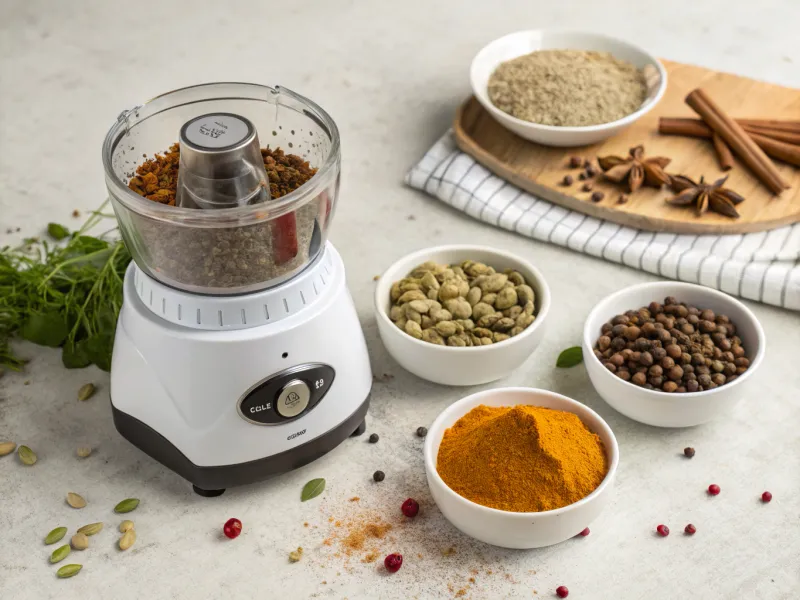
Home cooks discover that freshly ground spices have exponentially more flavor than pre-ground versions that lose potency during storage. Electric grinders break down tough spices that manual methods cannot handle effectively. Indian garam masala and Middle Eastern baharat require freshly ground spices for authentic taste. Blade grinders work better than burr grinders for spices because they create finer powders. Cleaning between different spices prevents flavor contamination. Grinding rice or bread removes residual oils and odors. Pulse action prevents overheating that can destroy delicate essential oils in expensive spices like saffron and cardamom pods.
